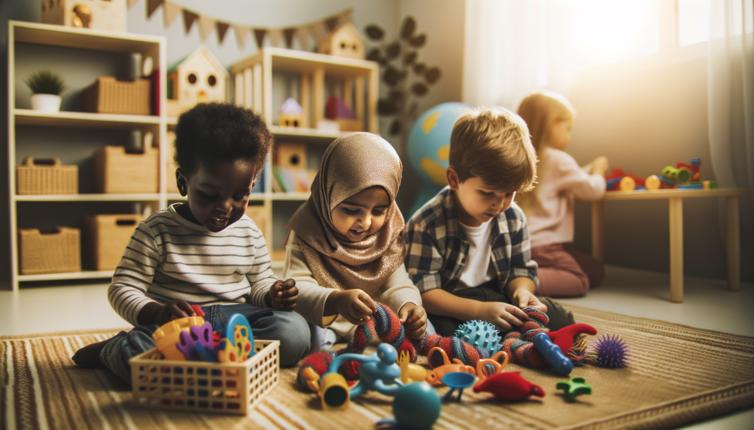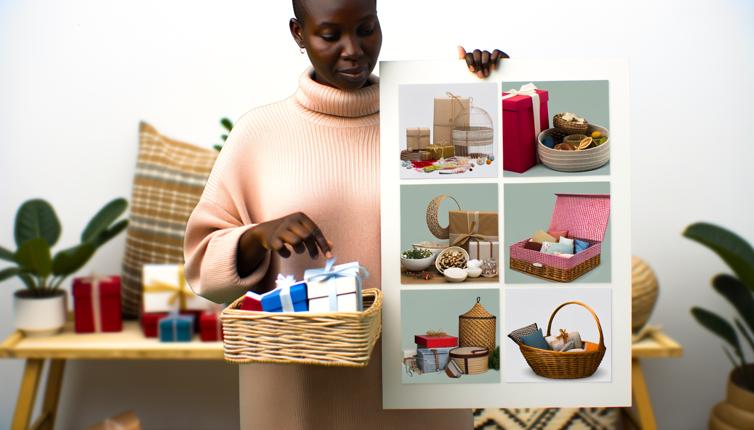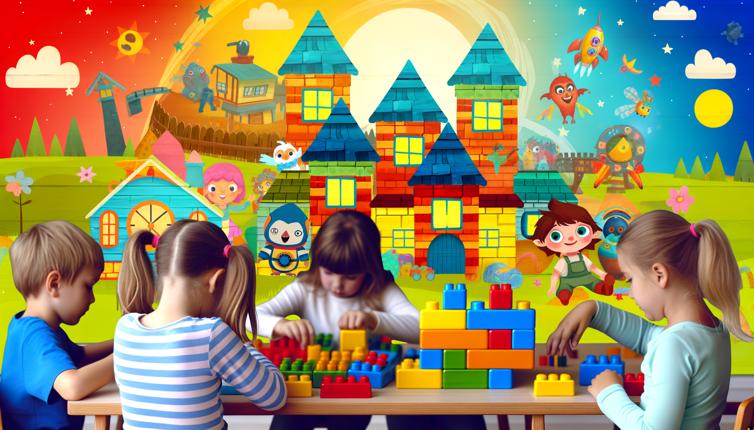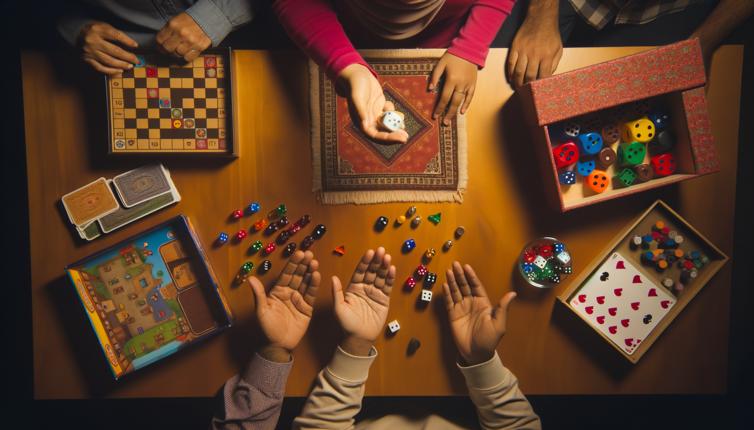Understanding Sensory Play
Before diving into choosing toys, let's first understand what sensory play is. Sensory play involves activities that stimulate a child's senses - touch, sight, hearing, smell, and taste. It helps children develop their fine and gross motor skills, hone their cognitive abilities, and improve their social and emotional skills.,Sensory play can be messy, but it is a fun and engaging way for children to learn and explore. By providing children with various sensory experiences, they can enhance their understanding of different textures, colors, sounds, and smells.,Now that we have a basic understanding of sensory play, let's move on to choosing the best toys for this purpose.
Consider the Child's Age and Developmental Stage
When choosing toys for sensory play, it is important to consider the child's age and developmental stage. Different age groups have different sensory needs and abilities.,For infants and young toddlers, toys that stimulate their senses through bright colors, different textures, and interesting sounds are ideal. Soft toys, textured balls, and rattles are great options.,As children grow older, their sensory needs evolve. Preschoolers benefit from toys that encourage imaginative play and problem-solving. Building blocks, art supplies, and playdough are excellent choices.,For older children, sensory toys that challenge their senses and promote scientific thinking are recommended. Science kits, musical instruments, and sensory bins are perfect for this age group.
Variety is Key
To keep sensory play exciting and engaging, it is important to provide a variety of toys that target different senses. A mix of toys that cater to tactile, visual, auditory, olfactory, and gustatory senses is ideal.,Tactile toys such as playdough, sand, and textured balls help develop a child's sense of touch. Visual toys like colorful puzzles, kaleidoscopes, and light-up toys stimulate their sense of sight. Auditory toys such as musical instruments, sound puzzles, and interactive books enhance their sense of hearing.,Introducing scented toys, scented playdough, or scented markers can enrich a child's sense of smell. Lastly, occasional taste-safe sensory toys like flavored playdough or edible sensory bins can provide a safe exploration of the sense of taste under adult supervision.,By offering a variety of sensory experiences, children have the opportunity to engage and learn through different senses.
Conclusion
Choosing the best toys for sensory play involves considering the child's age and developmental stage, as well as providing a variety of toys that target different senses. By selecting the right toys, you can create a rich sensory environment that promotes learning and development. Remember to always prioritize safety when choosing toys and supervise children during sensory play. Let their curiosity and imagination guide their exploration!









